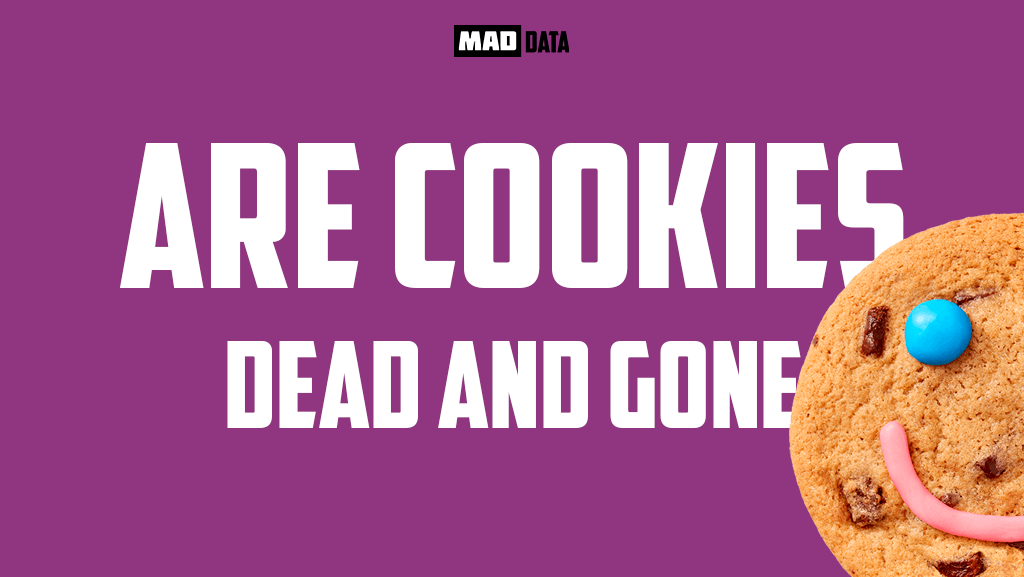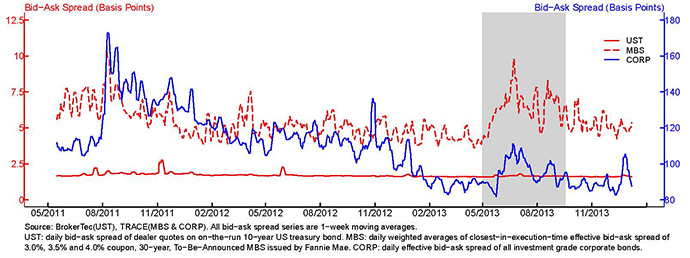
Now that we know the formulas for finding arc elasticity coefficients, we can proceed to work on some examples. The relationship between elasticity of demand and total expenditure can be shown with the help of the following figure. With the help of the point method, it is easy to point out elasticity at any point along a demand curve.
The elasticity of demand at each point can be known with the help of the above method. Elasticity of demand that is obtained at a point on the demand curve for a good as a consequence of an infinitesimally small change in its price, is called the point-(price-) elasticity of demand for the good. In this article we will discuss about the formula for calculating the arc elasticity of demand. In conclusion, if we use arc elasticity, we don’t have to worry about the starting point and the endpoint. Using the midpoint (average) as the denominator, we get the same elasticity of whether prices go up or down. This formula takes an average of the old quantity demanded and the new quantity demanded on the denominator.
While using a percentage or proportion method of measuring price elasticity of demand, its formula includes a negative sign as there is an inverse relationship between price and quantity demand of the commodity. Hence the computation of price elasticity of demand always results in a negative sign coefficient of elasticity. The measurement of quantity whether in kg or liter and the measurement of price whether in Chinese arc method of elasticity of demand Yen or the US dollar it does not matter. Thus, we can easily compare the price elasticity of demand regardless of the units for measuring either price or quantity. This is the most significant advantage of the percentage method of measuring price elasticity of demand. Figure 5.2 “Price Elasticities of Demand for a Linear Demand Curve” shows the same demand curve we saw in Figure 5.1 “Responsiveness and Demand”.
Land-based climate change mitigation measures can affect ….
Posted: Thu, 24 Feb 2022 08:00:00 GMT [source]
So, a monopolist may set high prices to capitalize on a consumer’s willingness to pay. Profits will be maximized under the assumption that the decrease in demand is compensated by higher prices. In most situations, such as those with nonzero variable costs, revenue-maximizing prices are not profit-maximizing prices. For these situations, using a technique for Profit maximization is more appropriate. Initially, at the point R1, when the price is p1, demand is q1. We can now fill in the two percentages in this equation using the figures we calculated earlier.
We see that at the new price, the quantity demanded rises to 60,000 rides per day (point B). To compute the elasticity, we need to compute the percentage changes in price and in quantity demanded between points A and B. The slope of a line is the change in the value of the variable on the vertical axis divided by the change in the value of the variable on the horizontal axis between two points. The slope of a demand curve, for example, is the ratio of the change in price to the change in quantity between two points on the curve. The price elasticity of demand is the ratio of the percentage change in quantity to the percentage change in price.
Consider the price-quantity combinations P and Mas given in Table. (ii) Let us measure elasticity by moving in the reverse direction. The price elasticity of demand is measured by its coefficient (Ep). This coefficient (Ep) measures the percentage change in the quantity of a commodity demanded resulting from a given percentage change in its price. Since the two arcs, viz., R1R2 and R2R1, over the demand curve are identical, the arc-elasticities in these two cases would also be the same. Now if the price decreases by a considerable amount from p1 to p2, the demand for the good increases from q1to q2 at the point R2.
From here, it’s evident that a price increase and decrease of $2 indicates the same sensitivity of demand for a company’s customers. Arc elasticity measures the responsiveness of demand to price changes over a range of values. The magnitude of change in price and demand is divided by its midpoint to arrive at a measure of change over a curve rather than at a point. In practice, demand is likely to be only relatively elastic or relatively inelastic, that is, somewhere between the extreme cases of perfect elasticity or inelasticity. More generally, then, the higher the elasticity of demand compared to PES, the heavier the burden on producers; conversely, the more inelastic the demand compared to supply, the heavier the burden on consumers.
When the price of the commodity decreases from OP to OP1, the total outlay rises from OM to OM1. So, the elasticity of demand is more than unitary in such a case. Again, with a decrease in price from OP1 to OP2, the total outlay remains as it is or the same at the level of OM1.
Income demand curve is an upward sloping curve in case of normal goods and a downward sloping curve in case of inferior goods. Let’s use the main formula as an alternative approach to determine the elasticity coefficient for this question. Remember that we are required to use the arc elasticity method. To better understand the arc elasticity method, we will take a review of the point elasticity method discussed in price elasticity of demand. The following figure shows the non-linear demand curve and method of measurement of point price elasticity of demand at different points of the demand curve. In the schedule, we can see there is no change in total expenditure with a change in the price of the commodity.
In both cases, we used Q_1 to denote initial quantity demanded and P_1 to denote the initial price. These methods determine elasticity coefficients based on single price and quantity points (P_1 and Q_1), hence the name point elasticity. Thus, under such a method, the movement from A to B or movement from B to A gives the same value of ep. In the diagram, the demand curve DD shows unitary elastic demand under the total outlay method. The demand curve is rectangular hyperbola in shape and OA and OB are equal showing the change in price does not bring any change in the total expenditure of a household.
However, the method of calculating PED depends upon the nature of the demand curve. Unlike price of the product, consumer’s income share direct relationship with the demand for the product. This implies that higher the income, more will be the demand, and lower the income, fewer will be the demand of the commodity.

Ipso facto, any point below the mid-point towards the A’-axis will show elastic demand. Elasticity becomes zero when the demand curve touches the X -axis. With this formula, we can compute price elasticities of demand on the basis of a demand schedule. Price decreases from $8 to $6, quantity demanded increases from 20 units to 40 units. Price increases from $6 to $8, quantity demanded decreases from 40 units to 20 units.
So, this method is suitable when a change in price and the consequent change in quantity demanded are very small. Where TE refers to total expenditure, P and Q stand for price and quantity respectively. For instance, if 10 units of a commodity are demanded when its price is Rs. 5, the total outlay will be Rs. 50.

The absolute value of the elasticity coefficient is greater than 1. Based on the absolute value of the elasticity coefficient (1.39), we will conclude that demand for the good is elastic. Notice that the value of Ep in example (ii) differs from that in example (i) depending on the direction in which we move.
The formula for arc elasticity of demand measures elasticity between two selected points by using a midpoint between the two points. As a result, it is particularly useful when there is a substantial change in price. In the graph, total outlay or expenditure is measured on the X-axis while price is measured on the Y-axis. In the figure, the movement from point A to point B shows elastic demand as we can see that total expenditure has increased with fall in price.
Total revenue is the price per unit times the number of units sold1. The transit authority will certainly want to know whether a price increase will cause its total revenue to rise or fall. In fact, determining the impact of a price change on total revenue is crucial to the analysis of many problems in economics. The price elasticity of demand varies between different pairs of points along a linear demand curve. The lower the price and the greater the quantity demanded, the lower the absolute value of the price elasticity of demand.